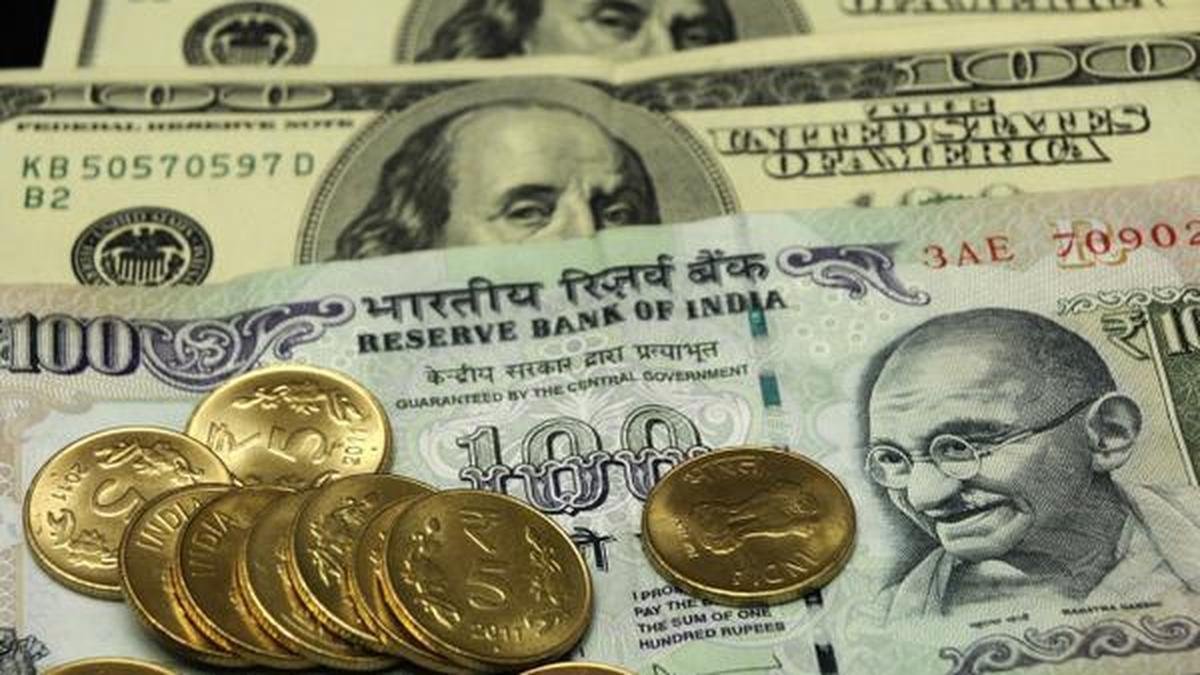The United States’ surprise airstrikes on Iranian nuclear sites have sparked fears of a global oil supply disruption and sent shockwaves across financial markets, with analysts warning of a sharp rise in crude prices and heightened volatility when markets reopen.
President Donald Trump, in a televised address and a post on Truth Social, called the military strikes a “spectacular success” and declared that “Iran’s key nuclear enrichment facilities have been completely and totally obliterated.” He added that the US would not hesitate to hit additional targets if Tehran did not move toward peace.
The strikes, targeting sites in Isfahan, Fordo, and Natanz, come at a delicate moment in global energy markets, where fears of a geopolitical escalation are already baked into prices. Market experts are now warning that this latest action could act as a tipping point, triggering a rush to safety and pushing oil prices significantly higher.
Knee-Jerk Market Reaction Anticipated
While the full extent of market impact will unfold when trading resumes, there is broad agreement that volatility is imminent.
Ajay Bagga, a market expert, noted that silver — with 60% of its demand linked to industry and renewables — may face short-term headwinds. “Recession looms as the conflict widens. Silver will struggle in the slightly medium term,” he said.
On oil, Bagga painted a grimmer picture: “Oil will shoot up as a cornered Iranian regime will hit shipping in the Persian Gulf and in the Red Sea via the Houthis in Yemen. China will need to play a role in keeping oil flowing in the Persian Gulf.”
Bagga further added, “Markets will see a risk-off mode. By tonight, we will get an idea via the US futures and Asian futures. Expect gap downs in Asian markets with a flight to safe havens. Gold will fly — it’s the second biggest reserve currency in the world, and there’s $21 trillion worth of safe assets at stake in this geopolitical morass.”
Supply Realities vs Fear-Driven Prices
Despite the anxiety, current data suggests the actual oil supply has not yet been meaningfully disrupted. Iran’s crude exports have risen by 44% since mid-June, even under existing sanctions, signalling resilience in the country’s ability to ship oil.
Read More – Radiation Leak Fears In Iran After US Attack On Nuclear Sites? Watchdog
“There’s an OPEC+ surplus capacity of about 5 million barrels a day. Any shortage from Iranian supplies can easily be handled,” said Sugandha Sachdeva, Founder of SS WealthStreet. “The market is well buffered for now unless we’re looking at a substantial supply disruption like a blockade of the Strait of Hormuz.”
Technical charts are also reflect tension. Sachdeva says the price action suggests a potential rally in crude, with short-lived corrections unless peace negotiations take hold.
India’s Economy in the Crosshairs
India, which imports over 85% of its crude oil, could be among the hardest hit if tensions continue to escalate.
“The depreciation of the Indian rupee is driven by two key factors — higher crude oil prices and rising geopolitical risks. The latter often triggers foreign institutional investor (FII) outflows from Indian markets, further weakening the rupee,” Sachdeva added.
Foreign Affairs Expert Robinder Sachdev told ANI that India could suffer significantly if Iran retaliates by blocking the Strait of Hormuz — a critical chokepoint for global energy flows. “If Iran closes the Strait of Hormuz, India will definitely suffer. About 20% of the world’s crude oil and 25% of the world’s natural gas flows through these waters,” he said.
“India will suffer because oil prices will go up, inflation will rise, and there is an estimate that for every ten-dollar increase in the price of crude oil, India’s GDP will suffer by 0.5%,” Foreign Affairs Expert added.
Is This a Buying Opportunity?
Despite the chaos, some market watchers suggest this could be a buying opportunity if tensions cool. So far, there have been no major disruptions in Iranian oil exports, and Saudi Arabia is expected to step in if supplies from Iran falter.
Sachdeva said, “US oil inventories are 10% below their five-year seasonal average – a sign that underlying demand is stronger than it appears, particularly heading into the summer travel season.”
Still, she warned of a significant risk: “The real spike would come only if the Strait of Hormuz is blocked.”
Uncertain, Volatile, and Pricey
With oil markets already under pressure from tight inventories and robust summer demand, this geopolitical flashpoint could prove to be a major catalyst for a prolonged rally in crude prices. Whether that rally is driven by actual supply disruption or fear remains to be seen.
For now, traders, policymakers, and energy-dependent economies like India will be watching closely — because if the Strait of Hormuz becomes a battleground, the global economy will feel the burn at the pump.







